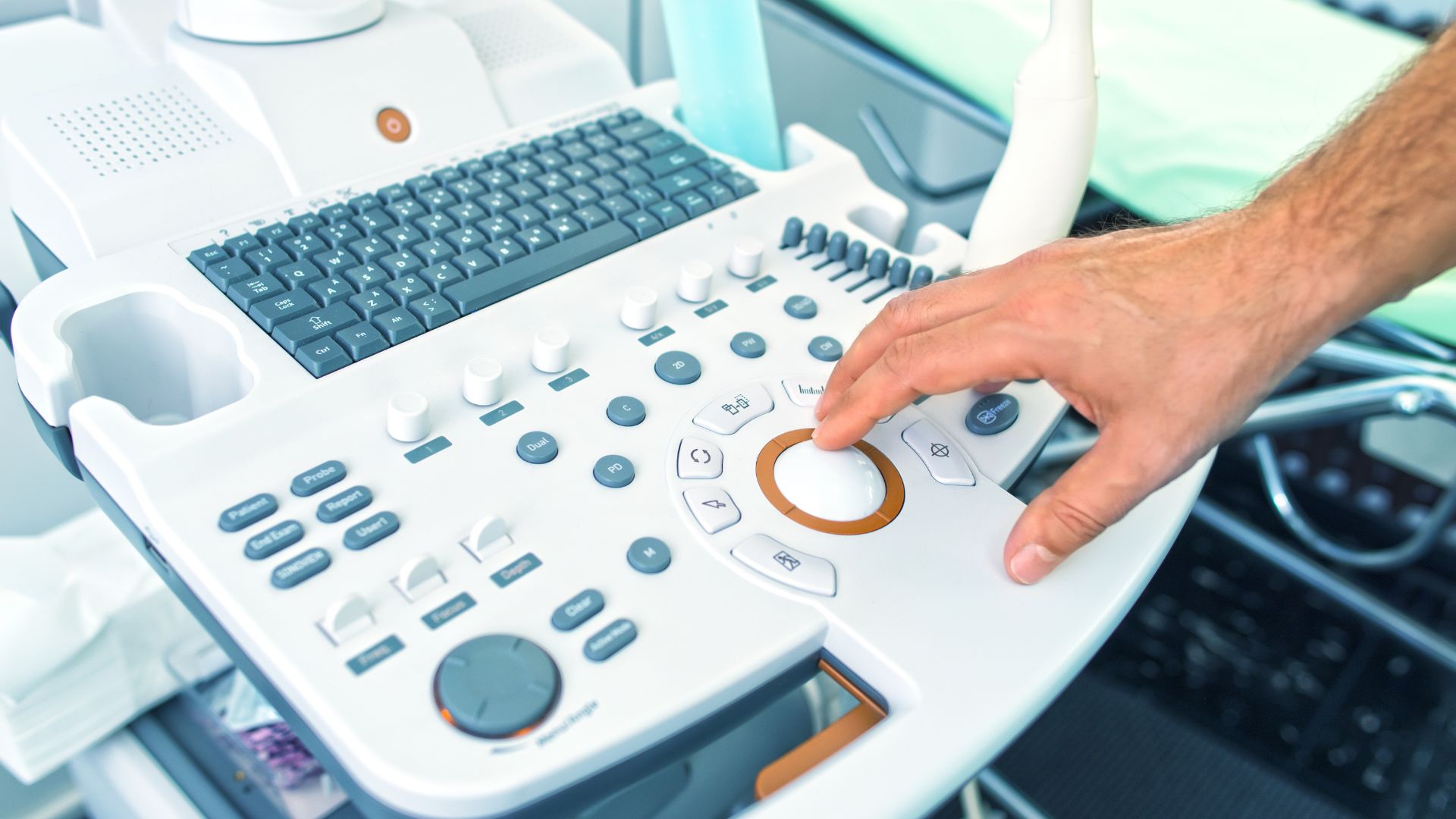Ophthalmic surgical instruments & devices—including scalpels, forceps, phacoemulsification systems & laser-assisted surgical tools—play a vital role in vision correction & eye disease treatment. Due to their invasive nature & direct impact on patient outcomes, these products fall under strict FDA oversight. Manufacturers must correctly classify their devices, comply with premarket & postmarket regulations, and meet UDI & labeling standards to avoid Import Alerts, detentions & regulatory delays.
How the FDA Classifies Ophthalmic Surgical Devices
The FDA assigns ophthalmic surgical tools to different risk-based categories:
- Class I (Low Risk): Includes manual instruments like scalpels & forceps. These are often exempt from 510(k)clearance but still require Establishment Registration & Medical Device Listing.
- Class II (Moderate Risk): Includes phacoemulsification systems, surgical lasers & intraocular injection devices. These require 510(k) clearance to demonstrate substantial equivalence.
- Class III (High Risk): Covers implantable devices such as intraocular lenses (IOLs) & artificial corneas. These require Premarket Approval (PMA) with extensive clinical validation.
Steps to Legally Market Ophthalmic Surgical Devices in the US
Manufacturers must complete the following steps:
- Establishment Registration: Required annually for all manufacturers & importers.
- Medical Device Listing: Each surgical device must be listed under the registered establishment.
- UDI Compliance: Most ophthalmic surgical tools require Unique Device Identifiers for tracking & recall readiness.
- Labeling & Advertising Compliance: Misleading or incomplete labeling can trigger import detentions & recalls.
Common Compliance Challenges & Solutions
Understanding these real-world scenarios can help manufacturers avoid delays:
Case Study: Phacoemulsification System Delayed Due to Missing UDI
A manufacturer attempted to import a surgical system without UDI-compliant labeling. This resulted in:
- Delayed product launch while updating packaging & compliance data.
- Additional costs for relabeling & resubmitting device listing.
- Regulatory consulting to correct internal processes.
Case Study: Misclassified Ophthalmic Laser Device
A company misclassified a refractive surgery laser as Class II. Upon FDA review, it was reclassified as Class III, requiring PMA:
- Approval was delayed by extensive clinical testing requirements.
- Costs increased due to the need for additional safety & efficacy data.
- A 513(g) request was filed to clarify classification for future products.
Regulatory Considerations for Manufacturers
- FDA User Fees: Required annually; Small Business Fee Assistance may be available.
- Import Alerts: Non-compliant shipments may be automatically detained.
- Certificate to Foreign Government (CFG): Often needed for export.
- Health Canada Licensing: An MDEL may be required for Canadian sales.
Maintaining Compliance After Market Entry
Manufacturers must maintain compliance long after product launch:
- eMDR Reporting: Adverse events must be reported to the FDA.
- FOIA Requests: Help benchmark similar device approvals.
- Medical Device Master File: Supports proprietary component submissions.
- Ongoing Regulatory Consulting: Ensures alignment with evolving FDA expectations.
Creating a Clear Regulatory Path for Ophthalmic Devices
Successfully bringing ophthalmic surgical devices to the US market requires more than regulatory approval. Accurate classification, UDI compliance, validated labeling & postmarket vigilance are essential. By proactively addressing FDA requirements, manufacturers can minimize delays, avoid enforcement actions & ensure long-term success in the competitive surgical device market.








